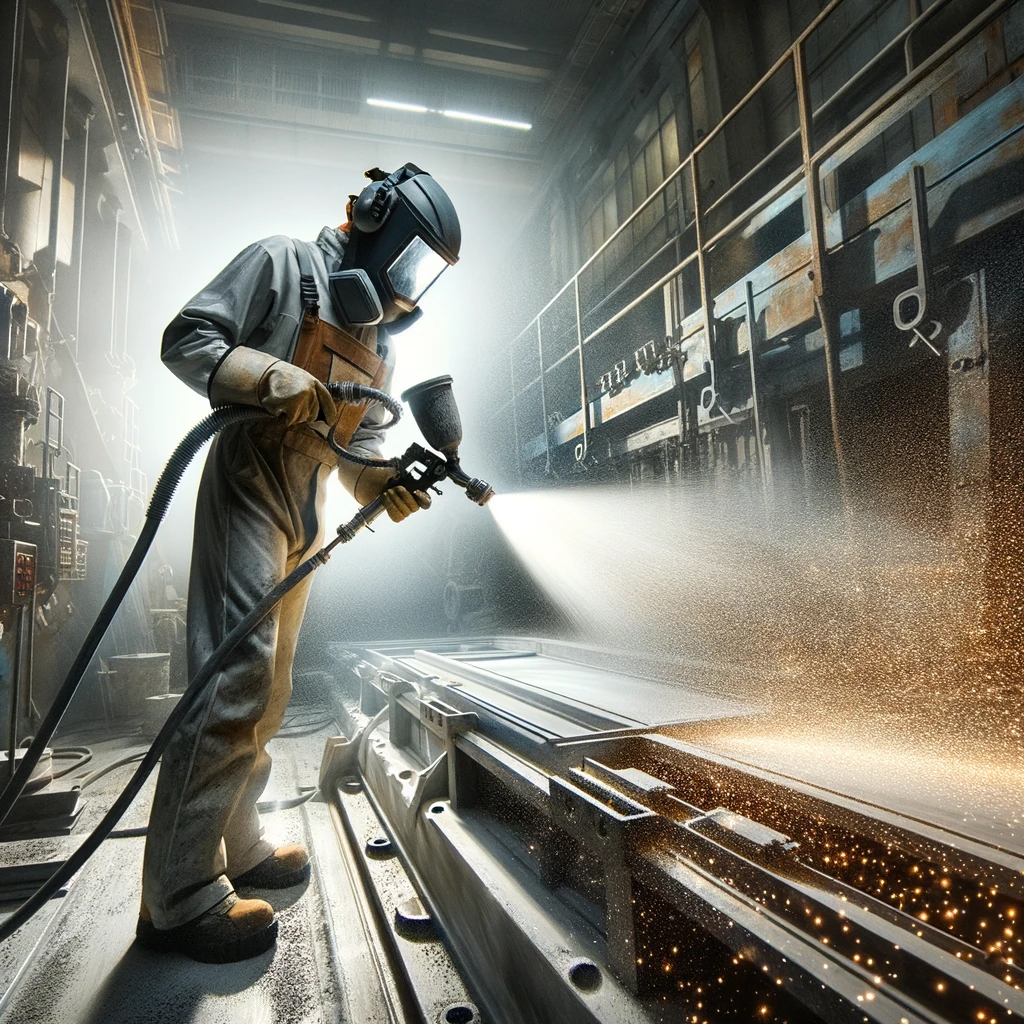The Art of Abrasive Finishing: Achieving Perfection in Manufacturing
Nice Abrasive . Follow
7 months ago

In the world of manufacturing, precision and attention to detail are of utmost importance. One critical aspect of producing high-quality products is the finishing process, and abrasive finishing plays a key role in this area. Abrasive finishing is a versatile and effective method used to achieve smooth surfaces, remove imperfections, and enhance the overall appearance of a product. In this blog post, we will explore the process of abrasive finishing, its benefits, various techniques, and how it contributes to creating exceptional products.
Understanding Abrasive Finishing
Abrasive finishing is a method of processing materials by using abrasive particles to remove a thin layer from the surface. The process involves using abrasive tools or materials such as sandpaper, grinding wheels, or abrasive belts to shape, smooth, and polish the material's surface. Abrasive finishing is widely used in industries such as automotive, aerospace, metalworking, woodworking, and more.
Benefits of Abrasive Finishing
Abrasive finishing offers numerous advantages in the manufacturing process:
Improved Surface Quality: Abrasive finishing effectively removes rough edges and imperfections, resulting in a smooth and aesthetically pleasing surface.
Enhanced Durability: By smoothing the surface, abrasive finishing can improve the longevity of the material by reducing stress concentration points.
Precision and Consistency: This method allows for precise control over the material removal process, ensuring consistent results across different parts.
Versatility: Abrasive finishing can be applied to a wide range of materials, including metals, plastics, wood, and composites.
Cost-Effective: By providing high-quality finishes in a relatively short time, abrasive finishing can save both time and money in production.
Techniques in Abrasive Finishing
Several techniques are used in abrasive finishing, each tailored to specific applications and materials:
Grinding: A common method for removing material and shaping surfaces, often used for metalworking.
Polishing: Involves using finer abrasives to achieve a high-gloss finish on surfaces such as metal, wood, and plastic.
Buffing: Uses a soft abrasive wheel or pad to create a smooth and lustrous finish.
Sandblasting: A process where abrasive particles are propelled at high speed to clean and finish surfaces, especially in large-scale operations.
Lapping: A precision technique that involves using a slurry of abrasive materials and a rotating plate to achieve extremely fine finishes.
Conclusion
Abrasive finishing is a crucial process in modern manufacturing that allows for the production of high-quality products with precise and smooth finishes. Its versatility and effectiveness make it an essential tool in various industries. By understanding the different techniques and benefits of abrasive finishing, manufacturers can choose the most appropriate method for their specific applications, ultimately leading to better products and greater customer satisfaction.




